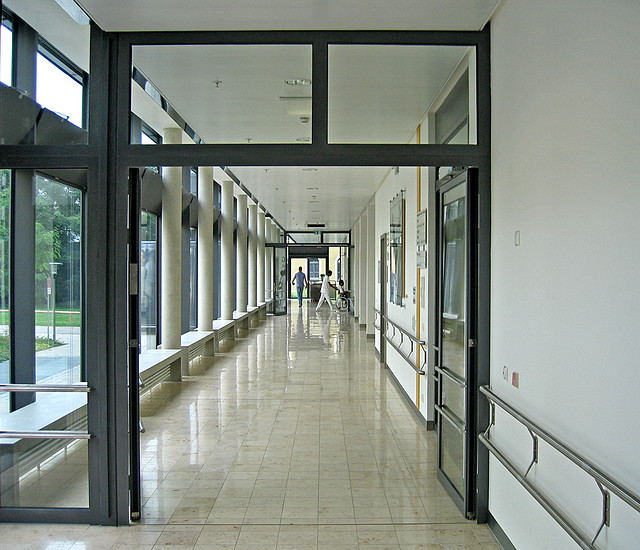Code Green Solutions


Healthcare facilities are the second most energy intensive building type in the U.S. (second only to food service), representing 9% of building energy use and 4% of total energy use in the country. Targeting 100! A national High-Performance Hospital Model provides a roadmap for hospital owners, planners, architects, mechanical engineers, contractors, and operators to achieve a 60% reduction in energy use from 2010-2015, and ultimately achieve carbon neutrality by 2030 as part of the 2030 Challenge.
The authors state that “[g]enerally applied, the approach is to reduce loads first, then utilize energy efficient measures to reduce the building’s energy demand.” They note that this approach reduces cost barriers and results in “synergistic savings in both energy and cost.” This integrated approach also creates complementary savings in energy and capital construction costs, as cost savings in some areas can offset cost increases for energy improvements.
The authors use the example of including automated exterior shading systems to reduce cooling loads, which in turn decreases the necessary size (and cost) of the building’s cooling system. As a result of this thoughtfully integrated approach, the authors found just a 4% cost premium associated with implementing energy efficiency options.
According to the study, presented as part of Greenbuild 2012’s Research Track, the number one opportunity for energy savings is in heating energy used for re-heat, since it represents the largest hospital energy load. The authors suggest some strategies for reducing and eliminating re-heat, including “de-coupling space tempering and ventilation for most spaces; fluid rather than air-transport of heat and cool for peak conditions; and… radiant heating and cooling panels and air delivered via displacement ventilation.”
It takes 7 to 10 years for hospitals to go from planning stages to operational, so early intervention with green building strategies is crucial in making the next generation of hospitals energy efficient.